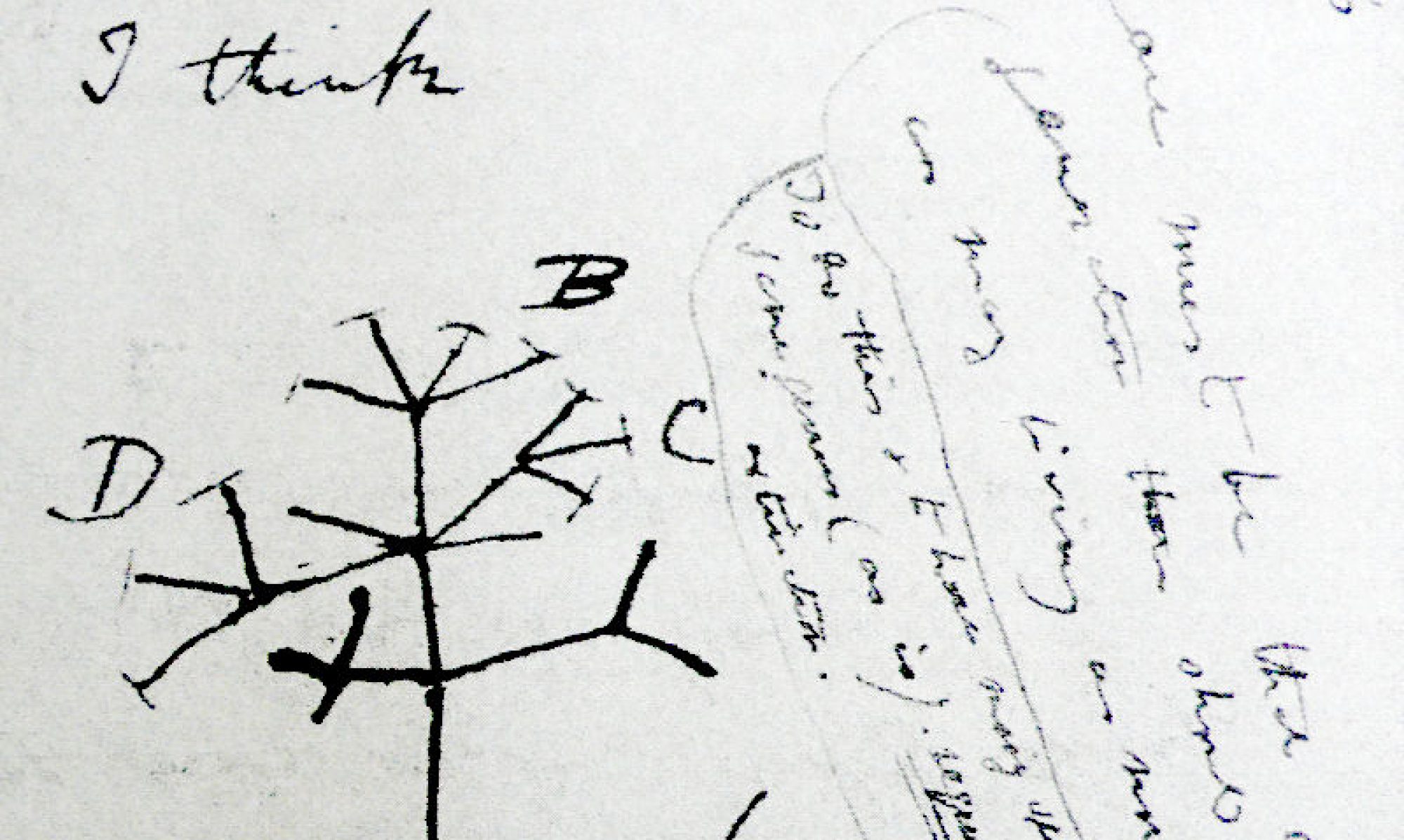By: Moussa Abboud, Victoria Pinaretta, Jack Ryan, and Cameron Sarkisian (Stonehill College, BIO323: Evolution, Spring 2023)
Just as natural selection acts on land, the creatures of the sea experience the same selective pressures! As a mode of evolution, natural selection works by weeding out those who are not as fit as others, while promoting those who are most successful at survival and reproduction. If the history of evolution has taught us anything, it is that one important way to make sure your genes get passed on through your offspring is to become the best at adapting to your environment! A great example of such a concept is visualized in nine-spined sticklebacks (Pungitius pungitius), where the predatory avoidance behaviors of freshwater and marine populations provide insight into the differences in how they evolved this behavior from a common ancestor. Here, we summarize an article about these sticklebacks that was published recently in Evolution by researchers from the University of Helsinki.
